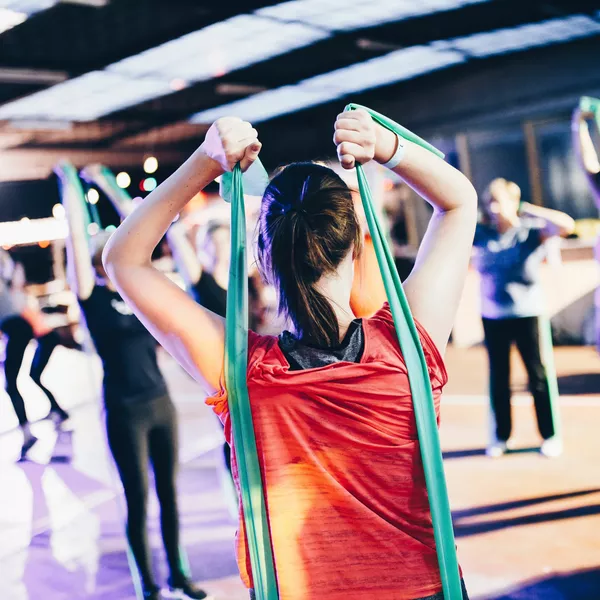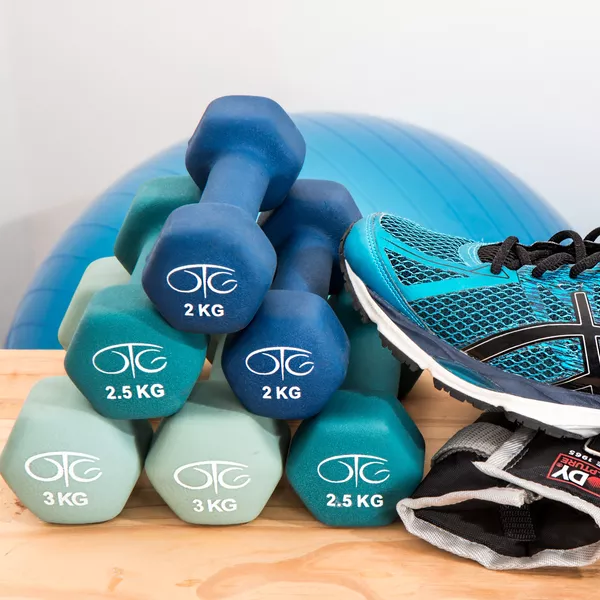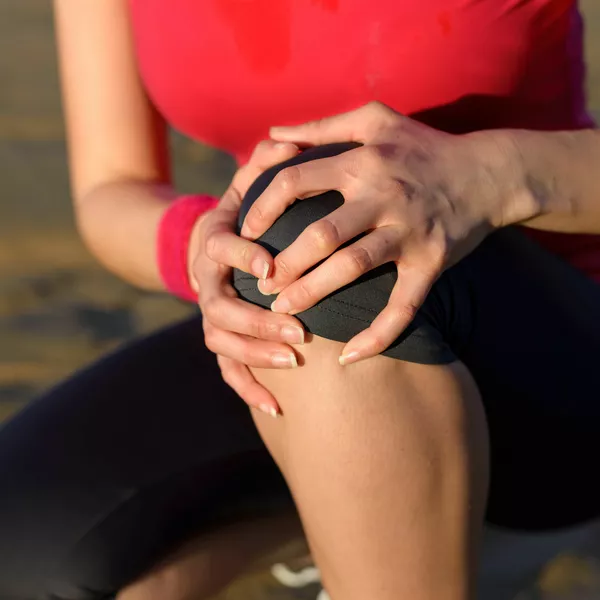
With many fitness centres still yet to open, you may think you have an excuse to put off starting that exercise program. But working out at home or in the office – and giving your heart health a boost – has never been easier.
So much information is available online, from fitness apps for your smartphone to articles, videos and fitness Zoom sessions, it’s almost like having a personal trainer on call.
There are a lot of exercise programs that you can do at home and with very little or no equipment. Most basic exercises are based around normal body movements and biomechanics, and a lot can be modified to account for injuries. In the case of pre-existing injuries, you may need to consult a professional for advice on appropriate modifications.
Getting started
You don’t need to have equipment to start exercising. Using just a wall or the floor, or a chair if you want to get fancy, will do. To take things up a notch, steps are a great prop. If you want to add some extra resistance, especially for the upper body, resistance bands are excellent. These can be purchased at most sports stores.
If you have a personal trainer, chiropractor, physiotherapist or exercise physiologist, you could ask them to give you some recommendations or put together a program for you. Otherwise, there are some excellent apps out there which have a wide variety of exercises to suit everyone’s needs, such as Skimble, an app that has multiple exercise ideas and programs that you can do on your own at home or in the office. All of the programs are designed by qualified fitness professionals, and interactive and group options are becoming increasingly available. If you are someone who gets bored easily and needs to change it up, then this could be a great choice for you.
Back to basics
While there are plenty of apps and online guides for exercise programs, don’t forget the good old basics for squeezing some exercise into your day. With restrictions on numbers on public transport as people start heading back to working in the office, walk the extra distance to a different train station or bus stop that could potentially be less popular among commuters, or park farther from the office if you decide to drive in. Look into whether cycling to work (even if just part way) could be an option.
Use the stairs instead of the lift or take your dog for an extra loop around the park. In fact, if you have access to stairs, walking up and down them for 5 to 10 minutes is an excellent quick aerobic kick for the body. Research has shown that even 30 second bursts of incidental exercise (like vacuuming vigorously, walking uphill or using the stairs) throughout the day can have health benefits.1
Some basic body movements you can do when you get a moment – indoors or outdoors – include:
- jumping jacks – to get you warmed up and your blood pumping (do modified jumping jacks if you’re less stable or have concerns about your lower limbs)
- a brisk walk up and down a few flights of stairs while swinging your arms – another option to warm up
- push ups – to work your chest, biceps and core
- tricep dips – to work your triceps
- squats and lunges – to work your legs and backside
- step ups – focuses on the full leg
- dead bugs – these work out your core (start with the simple version and work your way up)
- bird/dogs – exercises the back of body stabilisers and core.
To avoid injury, make sure you are doing all of these exercises properly. It may be worth your while to consult with a trainer or other physical medicine professional and go through the exercises to iron out any kinks before you start. Most importantly, remember that even just a few minutes of exercise is better than none.
Disclaimer: Reference to any product or service does not constitute or imply endorsement by the Heart Research Institute.
References
- Klika B, Jordan C (2013). High-Intensity Circuit Training Using Body Weight: Maximum Results with Minimal Investment. ACSM’s Health and Fitness Journal, Vol 17(3):8–13.
About the author
Dr Susan Tyfield
Susan Tyfield is an evidence-based chiropractor who utilises a wide range of treatment techniques and rehabilitation in her sessions and has been practicing for over 13 years.

More articles by Susan


Choosing the right exercise for you
Exercise is one of the best ways to boost your heart health and overall wellbeing, but choosing one to suit your goals and abilities can be daunting. Here are some comparisons of different types of exercise to help you make the best choice for you.

Are there better exercises for women and men?
In general, the size of a man’s heart is larger than a woman’s. So if you’re looking to take care of your heart health, are there better exercises depending on whether you’re male or female?

The best exercise choices when starting out
With all the choices out there today and mixed messages on what is the absolute best type of exercise, it can be daunting deciding which exercise will win your heart and give you the best bang for your buck – financially and with regard to fitness outcomes.

7 ways to avoid injuries when starting to exercise
If you’re looking to take charge of your heart health and overall wellbeing, exercise is one of the best ways. It can take a lot of willpower and motivation to get into an exercise program, and the last thing you want is for a simple and avoidable injury to derail you. Whether you’re returning to exercise after an absence, or starting from scratch, here are some ideas to help you get into it safely.

Common injuries when starting to exercise
If you’ve decided to take your heart health into your own hands with a new exercise program, that’s great! But it’s important to be aware of the common injuries that could happen that could put you off your game – and how to avoid them.

